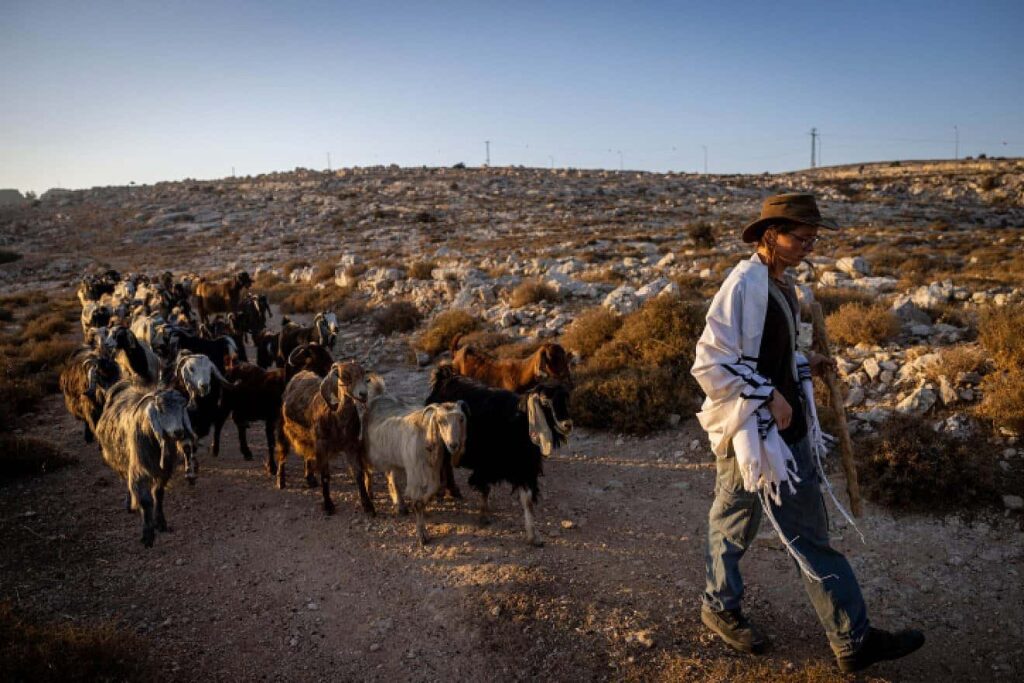
This land is whose land?
Nearly a century after Winston Churchill’s surrender of Palestinian land to the King of Transjordan, the boundaries of the Jewish state remain a continuing source of contention.
This land is your land, this land is my land,” quoting from the famous song by American folk singer Woody Guthrie, continues to resonate in the Middle East, where Israel fights a bloody battle with Hamas over control of the Gaza Strip. The question is: Whose land is it? History may help to answer the question.
A decade before the start of World War I, British Cabinet Member Winston Churchill indicated his support for the restoration of Jewish nationhood in Palestine, noting, “I am in full sympathy with the historical traditional aspirations of the Jews.” During the war, in 1917, the Balfour Declaration issued by the British government proclaimed its support for the establishment of a “national home for the Jewish people” in Palestine, which then had a small Jewish population. Churchill subsequently declared that Jews, “based on their ancient historical connection,” had returned to Palestine “as of right and not by sufferance.”
Following the end of the war, the League of Nations approved the mandate for Palestine, based on the declaration. In 1921, Churchill, by then Secretary of State for the Colonies, arrived in Palestine for his first and only visit. He met with Emir Abdullah, the King of Transjordan, who expressed his uneasiness with the rising pace of the arrival of Jews in Palestine (then including the land east and west of the Jordan River). To assuage his concern, Churchill agreed that Jewish settlement east of the Jordan River would be prohibited, thereby excluding Jews from nearly three-quarters of historic Jewish Palestine.
While Israel’s victory in 1948 assured the rebirth and survival of a Jewish state, its eastern border was constricted. Jordan’s newly defined “West Bank” included the land that in antiquity had been identified as Biblical Judea and Samaria. It was there—following Israel’s triumphant victory in the Six-Day War of 1967—that Jews finally returned to their ancient homeland. Now more than 500,000 Israelis, who are widely despised as intrusive and illegal “settlers,” inhabit that land.

(Source: JNS)
But the struggle over boundaries endures. The newest rendition is in anticipation of the end of the current Gaza war. According to the fantasy of U.S. President Joe Biden, among others, a new Palestinian state will be born. Where? In Gaza and the West Bank. But the problem no one talks about is that there would need to be a 60-mile link between them, necessarily across Israeli territory. Since Israelis are highly unlikely to accept a highway crossing their country, the only plausible alternative would be an underground tunnel. But given what Israel has learned about tunnels from its ongoing struggle with Hamas in Gaza, a 60-mile tunnel between Gaza and the West Bank is inconceivable.
U.S. Secretary of State Antony Blinken has revealed that during his visits, “we have pressed Israel in concrete ways to strengthen civilian protection, to get more assistance to those who need it.”
For Blinken, “the daily toll that its military operations continue to take on civilians remains too high.” No such concern was expressed over the brutal Hamas murder of more than 1,200 innocent men, women and children in southern Israel, and the kidnapping of more than 250 hostages, most of them civilians, that provoked the current conflict.
Predictably, New York Times columnist Thomas L. Friedman has chimed in (Feb. 14) with his repetitive insistence that if only Israel would follow his advice—and embrace a two-state solution with the Jewish state sandwiched between Gaza and the West Bank (land otherwise known as biblical Judea and Samaria)—then peace will happen. It is Biden’s responsibility “to forge two states for two peoples in one land.” Otherwise, in Friedman’s warped view, Israel will become “a global pariah,” or, at least, a Friedman pariah.

So it is, nearly a century after Churchill’s surrender of Palestinian land to King Abdullah, that the boundaries of the Jewish state remain a continuing source of contention. But it is worth noting (especially by Friedman) that Jewish land ownership in the Promised Land, according to the biblical narrative, can be traced to Abraham’s purchase of a burial site for Sarah in the cave of Machpelah in Hebron, in what became the Land of Israel, and eventually, the modern-day State of Israel.
It is unlikely to be surrendered.
The post This land is whose land? appeared first on Israel365 News.
Israel in the News